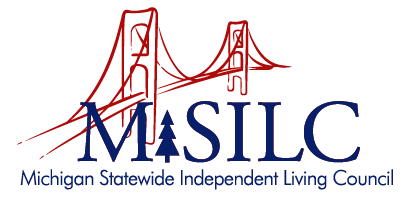Ed Roberts was a pioneering advocate whose life’s work—the Independent Living movement—continues to shift societal perspectives on disability and promote autonomy, dignity, and respect for people with disabilities.
How Do You Connect With Your Community?
Family Caregivers are Filling the Gap
A shortage of direct care workers, or professional caregivers, has impacted people with disabilities for years, and the trend keeps getting worse. Low pay, poor opportunities for advancement, demanding working conditions, and more mean that direct care is less competitive for new job seekers while the need for such workers continues to grow.
Exploring Misperceptions, Pay Gaps, and Lingering Disparities During National Disability Employment Awareness Month
The ADA changed the experience of living with a disability for most people, yet some vast disparities still exist—and employment is a nearly universal one. In recognition of National Disability Employment Awareness Month, we’re here to discuss the ongoing challenges that people with disabilities face in the job market and workplace, and what employers and disability advocates can do to help remedy them.
Independent Living is for Everyone
MiSILC and the CILs follow the philosophy of Independent Living, where people with disabilities exercise control over their lives and live with dignity and self-determination. Of course, independence doesn’t always mean living alone or without assistance—for many people, caregivers, group living facilities, and other resources provide the support they need to hold jobs, live away from home, or otherwise make decisions about their own lives. The vast majority of people with disabilities, including people with cognitive or intellectual disabilities, are capable of having some control over their lives and circumstances, and, as advocates and allies, this must be one of our rallying cries: independent living is for everyone.
Creating Communities to Spend a Lifetime In
Aging adults are a subpopulation of the disability community that grows every year, and ensuring they can live independently and with self-determination is a crucial part of our mission. Helping communities promote “aging in place” is vital to achieving independent living for older adults in general, but especially those who live with disabilities. “Aging in place” is a concept that focuses on enabling older adults to remain in their existing homes and communities as they age, instead of pushing them to relocate to nursing homes or other residential options. Aging in place considers both the individual needs of aging adults, such as modifications to a residence, and the community-wide changes that support inclusion, such as widening sidewalks and providing transportation options.
33 Years of the ADA: Increasing Access, Inspiring Our Future
The Americans with Disabilities Act turns 33 this week! With every anniversary, there is reflection – on what the ADA has achieved, and more importantly, how it raises the bar and challenges us to go even further for disability rights. As we recognize the incredible accomplishment of activists throughout history to develop and garner support for the ADA, how do we do even more to ensure access and inclusion? What does the next generation of advocacy and activism look like?
Learning About + Celebrating the Deaf-Blind Community during Deaf-Blindness Awareness Month!
June is Deaf-Blindness Awareness Month! Deaf-Blindness is a “low-incidence” disability, which means that a small percentage of our population experiences it. As a result, it’s even more important that allies and advocates of the disability community understand how to make our communities and society more accessible to Deaf-Blind people. Learning about Deaf-Blind people throughout history, their activism, and key facts and resources pertaining to this disability will help to ensure that our collective actions toward inclusion also benefit people who are Deaf-Blind.








